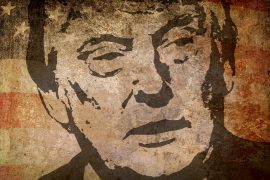Madras was one of the three British Presidencies in India, the other two being Calcutta and Bombay. While, over time, the Southern Presidency blossomed into a sprawling city by incorporating the neighbouring rural landscapes and settlements, it, incidentally, was also one of the first colonial cities to reflect a distinct racial bias.
It so happened that the city came to be divided into two parts: the European-inhabited White Town, and the Black Town where the ‘natives’ lived. In the grand Fort St. George, a spectacle of colonial might, the Portuguese, the Dutch and the British lived and demarcated their area. The natives were hardly allowed here, and it was only outside the Fort walls that they resided in what came to be called George (Black) town which is now a bustling commercial sector of Chennai. This area was traditionally called Chennapattanam by the native settlers, which soon developed into the commercial centre of the city. Photographs of George Town reveal a crowded place, with shingled roof houses and narrow lanes, the sea closing in on them.
Along the coast of the present-day Chennai – once called Madraspatnam – there was a pre-existing fishing settlement ruled by a chief Damarla Venkatadri Nayaka. The British, who arrived in 1639 looking for a place for a new ‘factory,’ acquired the area as a grant from the chieftain. In the grant, the word “Madraspatnam” is clearly stated; as such, there can be no doubt about the pre-existence of the village. However, the question of how Madras got its name remains a matter of contention.
Copyright©Madras Courier, All Rights Reserved. You may share using our article tools. Please don't cut articles from madrascourier.com and redistribute by email, post to the web, mobile phone or social media.Please send in your feed back and comments to [email protected]











